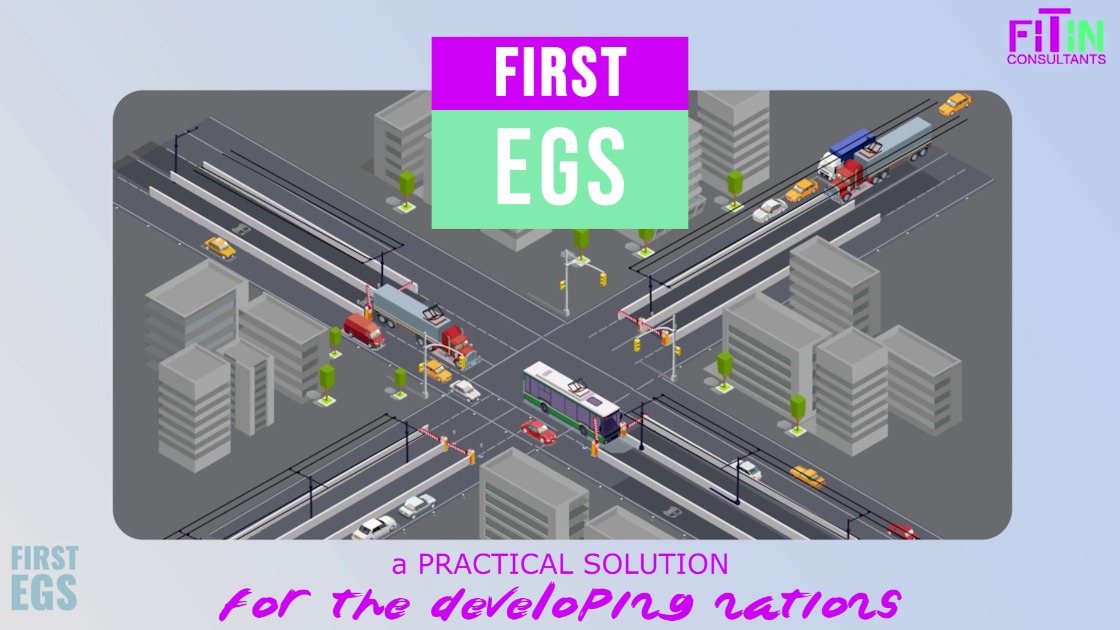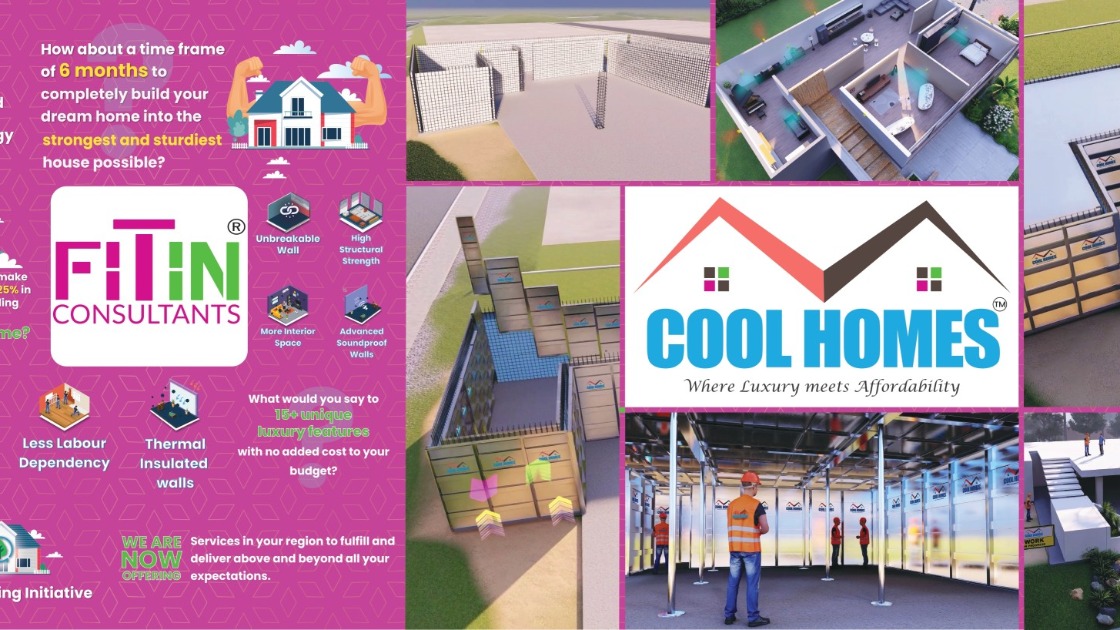 Certified Startup
Certified Startup

FIRST EGS – FIT IN Rapid Smart Transit Electrified Guideway System
For decades, the transportation system in a developing country is riddled with a plethora of problems, most of which require, for their resolution, a complete overhaul of existing mechanisms and infrastructure.
As a developing country, we will neither be able to provide an all-in-a-sudden London-style metro system in every city nor a Singapore-style metro system where most of the traffic is supported by well-connected feeder buses.
What we really want is a system that is as cheap as building roads but with the advantages of a metro transit system. Furthermore, the proposed system should not be a burden during the demolition phase, as the current elevated metro infrastructure will be a stumbling block in many future endeavors due to the large mass scale of concrete structures.
Electric vehicles have been identified as a panacea in the transport sector for all such environmental concerns. And yet, despite guaranteeing a substantial reduction in pollution levels, the high cost of purchase and the difficulty in battery procurement limit the reach of electric vehicles to well below expected targets. The need of the hour is, therefore, a new system of operation that can be economically viable while remaining carbon neutral, environmentally friendly, and highly efficient. It is in this context that we propose our thoughts.
“FIT IN Rapid Smart Transit Electrified Guided System (FIRST EGS)”
This technology is primarily the combination of two existing technologies and the concept inspired from the structure of a leaf. The buses/ tractor units for this system of operation are, essentially, standard electric buses integrated with a pantograph and customized guidewheels for navigation through the guideway. There are many global manufacturers these days who supply such buses complete with guide arms and guidewheels. Moreover, our existing electrical buses can be upgraded with integrated pantograph and guidewheels quite easily for which we can enroll the support of startups as the manufacturing process is simple and cost-effective.
These pantograph-integrated electrical buses will lead to a marked reduction in the production of passenger transport electrical buses as it reduces the required battery capacity by 1/5th or less.

We, at FIT IN CONSULTANTS, aim to tackle inconsistencies in smart-city/ residential constructions by introducing the world to our new patented building technology ‘COOL HOMES’ which besides, guaranteeing a considerable cut back on expenses for our partners and stakeholders, allows them the privilege of a variety of luxury features and constructional advantages that adhere to the highest quality standards.
By using COOL HOMES, you gain a minimum 15-20% savings in the overall building cost of the structure. A massive reduction of up to 70 percent in the time frame when compared with the conventional methods is guaranteed for individual residences, villas, factory and high-rise projects with 15+ exclusive luxury features without any added cost and other constructional advantages including a perfectly air-cooled building.
Despite the high usage of steel and concrete by 10 times more than the conventional methods, the cost associated will be lesser than that of a conventional method. Only 4 labourers are required to build an entire house and 7-10 labourers are enough to build a high-rise of any height. The building will have higher structural integrity which can even withstand higher seismic activities along with a cool touch to your buildings by bringing about a marked reduction in the building's interior temperature in relation to its exterior.
In this age where climate change and nature loss are reaching epic proportions, COOL HOMES understand the gravity of the crisis and remain fully committed to reducing our environmental impact. With COOL HOMES, you can rest assured that the building you create will be eco-friendly and one step closer to being 'Green' in the construction sector. We are on the way to reducing our carbon footprint to half of what is being generated by conventional methods. More than anything, at COOL HOMES, our goal is to redefine civil construction into a sustainable model where we can give back to the environment as much as we take.
COOL HOMES is expected to aid the humanitarian efforts like building strong affordable comfortable houses for the poor such as Pradhan Mantri Awas Yojana in India. Our aim is to provide ultra-luxury facilities for commoners without added costs and to uplift the living standards of people around the globe.
We are an ISO 9001:2015 certified private limited company with various accreditations and memberships including Indian Green Building Council, International Trade Council, and India's Firest Startup Tech 2022 Awards for Innovative Smart City Concept.
Due to the high population density of modern urban cities, the construction of reservoirs is not feasible. Consequently, the most viable solution is the implementation of an underground water diversion system. The primary objective of this system is to capture and contain floodwater before it can cause any damage. This is achieved through the use of containment silos, diversion tunnels, and large storage tanks. Additionally, the system must be capable of pumping water at a high flow rate in order to gradually discharge out and prepare it for future use. While the majority of existing underground water diversion systems have proven to be effective in mitigating flooding caused by excessive precipitation, the associated costs are prohibitively high, even for developed countries. This is due to the necessity of constructing underground spaces with international standards and environmental aspects. Furthermore, the technology required for these systems is limited to a select few, as it necessitates the use of heavy equipment and machinery. The vulnerability of these systems is further exacerbated by the unpredictable nature of geology and working conditions. Additionally, the establishment and renovation of existing underground facilities present significant challenges, requiring comprehensive measures for disaster prevention. In conclusion, the construction of reservoirs being unfeasible, the implementation of an underground water diversion system is the most suitable solution for addressing flooding in urban areas. However, the high costs, limited accessibility, and inherent vulnerabilities of these systems pose significant challenges that must be addressed through comprehensive measures for disaster prevention. This invention addresses the aforementioned issue by introducing a floodwater diversion system suitable for both urban and non-urban regions.
